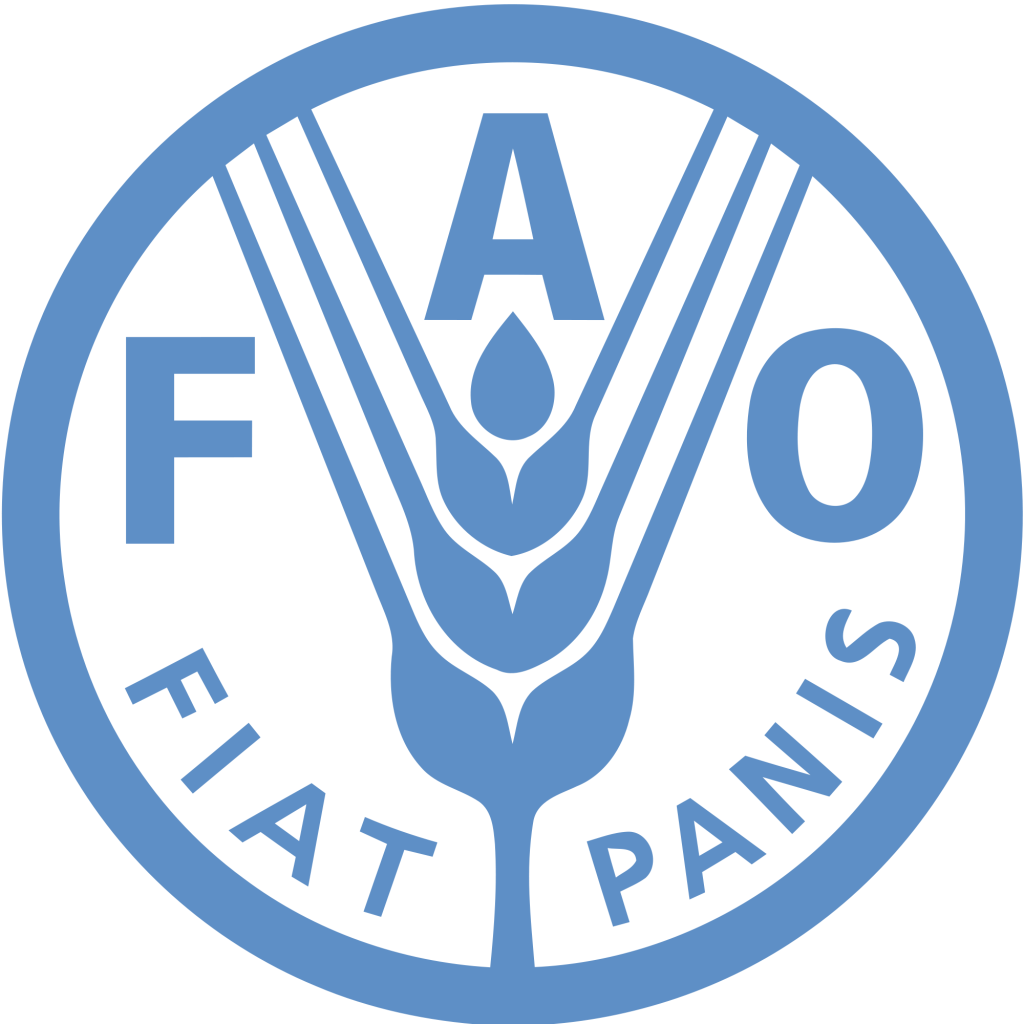Location
The vision of the FAO office in Bangkok is a food-secure Asia and the Pacific region.
Its mission is to help member countries halve the number of undernourished people in the region by raising agricultural productivity and alleviating poverty while protecting the region’s natural resources base.
Agricultural growth in Asia-Pacific has stagnated in recent years, with a serious decline in agricultural investment, and depletion and degradation of natural resources in the face of continued population growth.
The benefits of the green revolution have now been fully realized and there are no revolutionary technologies on the horizon that can rapidly and sustainably reinvigorate agriculture.
Outward migration, especially of the young generation, has led to the "greying" and feminization of the sector; the coping mechanisms of poor households are few, given their limited assets and the fact that a deep recession occurred so soon after the food crisis.
Climate change will impact agriculture in many ways, particularly in areas vulnerable to natural disaster.
The opening of markets improved the mobility of people, goods and services and created employment opportunities for the labour-rich Asia-Pacific economies. At the same time the growing links within the region and with the rest of the world ushered in risks of transboundary plant pests and animal diseases.
Members:
Resources
Displaying 251 - 255 of 293Proceedings of the Programme Inception Workshop: Forestry Information Processes and Planning
EC-FAO PARTNERSHIP PROGRAMME (2000-2002) Tropical Forestry Budget Line B7-6201/1B/98/0531 PROJECT GCP/RAS/173/EC
Selected indicators of food and agriculture development in Asia-Pacific region, 1989-99
The document is a compilation of detailed statistics on farming, livestock, fishery, forestry and nutrition in Asia-Pacific countries for the above period. The seventeenth issue of the series shows the changes in land use, farm inputs, and production indices for staple food crops - rice, wheat, maize, millet, cereals, cassava, a range of root and tuber crops, pulses, edible oil and fibre crops, fruit and cash crops like rubber and coffee. It also compares changes in livestock, fisheries and forestry production, agricultural trade and nutritional availability and intake for this period.
Selected indicators of food and agriculture development in Asia-Pacific region, 1989-99
The document is a compilation of detailed statistics on farming, livestock, fishery, forestry and nutrition in Asia-Pacific countries for the above period. The seventeenth issue of the series shows the changes in land use, farm inputs, and production indices for staple food crops - rice, wheat, maize, millet, cereals, cassava, a range of root and tuber crops, pulses, edible oil and fibre crops, fruit and cash crops like rubber and coffee. It also compares changes in livestock, fisheries and forestry production, agricultural trade and nutritional availability and intake for this period.
Selected indicators of food and agriculture development in Asia-Pacific region, 1989-99
The document is a compilation of detailed statistics on farming, livestock, fishery, forestry and nutrition in Asia-Pacific countries for the above period. The seventeenth issue of the series shows the changes in land use, farm inputs, and production indices for staple food crops - rice, wheat, maize, millet, cereals, cassava, a range of root and tuber crops, pulses, edible oil and fibre crops, fruit and cash crops like rubber and coffee. It also compares changes in livestock, fisheries and forestry production, agricultural trade and nutritional availability and intake for this period.
L'INSÉCURITÉ ALIMENTAIRE ET LA VULNÉRABILITÉ EN ASIE ET DANS LE PACIFIQUE : SUIVI DU SOMMET MONDIAL DE L'ALIMENTATION
Meeting symbol/code: APRC 00 3

